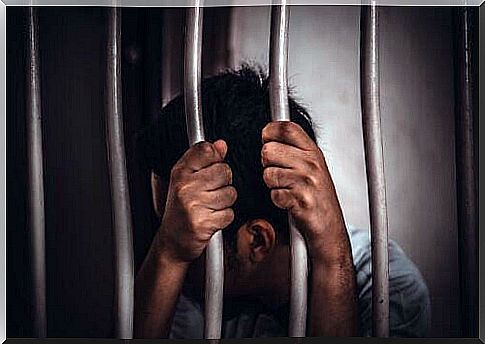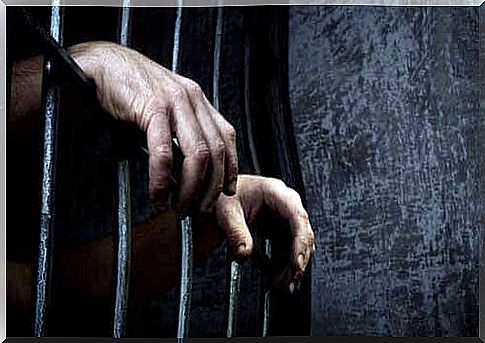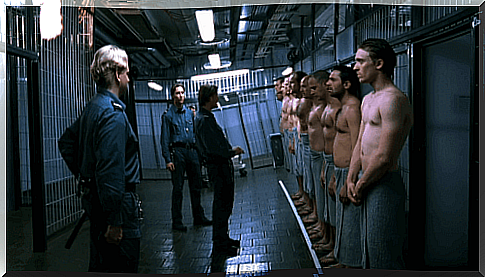Prison Education And Its Great Social Value

There is an open debate about the appropriateness and effectiveness of prison education. Is it really needed or is it just a utopia? Are there concrete, verifiable results in favor of this type of intervention?
Even if everyone is free to think as they see fit, social penitentiary education , a specific branch of social education, can be the key to answering these and other fundamental questions, finally shedding light on the subject.
The teacher and specialist in adult education, Francisco Scarfó, says that education is the basis of civic identity : “Whoever does not receive or does not make use of this right loses the possibility of belonging to society, of participating in a real way and become a citizen, making use of his rights and respecting those duties that will contribute, jointly, to the healthy development of society “.
This is how the Resolution on Education in Prisons was born , adopted at the Fifth World Education Congress in Berlin, Germany, in July 2007. This resolution explains the need to include topics related to social education in prisons.
In the case of prison social education, educating inmates is not just a challenge. It is also a right and a deontological principle that must seek the development of the autonomy of each person in prison, despite the punitive barriers. (2)

Theories in social penitentiary education
On a general level, and with the aim of understanding the basics of this branch of social education, we present below several theories on which it is based.
1. Psychopathological theories
In penitentiary education, this group of theories interpret the criminal act from psychopathological and biological factors of each individual. They have been very relevant in the history of crime and in prison treatment. Authors such as Eysenck are excellent examples of these models. (1)
Furthermore, it is important to mention that from the branch of social psychology, other authors contribute with approaches that do not take into consideration only purely individualistic personality factors. (3, 4)
2. Sociological theories
These theories consider multidimensional and structural factors. They are based on the idea that social, educational, cultural or family systems and relationships have components that influence criminal etiology. (1)
We refer to the theory of inequality of opportunities or to the theory of social deviance (5, 6) within which we also try to resort to the motivations that directly lead a person to commit criminal or “deviant” acts.
3. Socio-educational theories
Professor Miguel Melendro explains that over the last century, perspectives and models have been developed that have significantly enriched and improved the methods of socio-educational intervention aimed at socially disadvantaged populations.
There are several disciplines that have played a role in the formation of socio-educational models in social education in prisons. For example:
- Behavioral approaches.
- Dynamic approaches.
- Constructivism
- Systemic family therapy.
- The skills model.
- Popular pedagogy.

Socio-educational programs in prison settings
According to Garrido and Gomez (1995), penitentiary intervention has traditionally been based on scientific-technological models (framed in medical approaches to the behavioral tradition, in which the alignment of the subject is asked and is present in positivist pedagogy).
The search for behavior, from the classic treatment in prison, has favored the reproduction of social schemes from an education that has not taken into account contextual variables, much less sociocultural ones. (1)
The programs most commonly used in prisons have been of a corrective matrix. These focused on behavioral patterns of reinforcement or punishment. (8) To those who applied them, these models appeared to be capable of producing the best results. They were generally grouped into four sets:
- Psychological and psychoanalytic model.
- Biological-behavioral model.
- Factorial models.
- Humanistic models.
Below we show you some of the most current, which in recent years have been given a more humanistic character:
1. Participatory model
According to the participatory model, penitentiary treatment must contain the participation of the entire prison community, mainly of the prisoners, in the socio-educational action.
The idea is to carry out the entire process and the inmates’ willingness to go through adequate training procedures. (1, 9)
2. Model for autonomy for penitentiary education
These are group and personalized educational programs. (10)
3. Model for emancipation and / or gender
It could be proposed under a double approach. In the first place, starting from the overcoming of the socio-cultural and structural criminalization that falls on criminal women. (11, 12)
Secondly, by adopting measures for a finally equal treatment of men and women within the prison environment. (13, 14)
4. Models of knowledge of people and pedagogical actions for penitentiary education
In them, the collective consent of the work is important. Great importance is also given to success for the results obtained, as the result of a close educational relationship between the prisoner and the social educator (1).

5. Models for liberation
In the models for release, the goal of penitentiary education will be aimed at reintegration. This is an extremely delicate and significant step. Therefore it will have to foresee the professional and structural dimension of the inmate.
Therefore, the challenge of converting penitentiary spaces and concepts into possibilities of freedom, as in a real process of readjustment, will have to be taken into consideration.
Social prison education uses many alternative models such as those discussed above. However, those based on individual factors seem to prevail in terms of concrete results. At this point, the question is only one: will it really be possible to develop these models in the future on a large scale?








